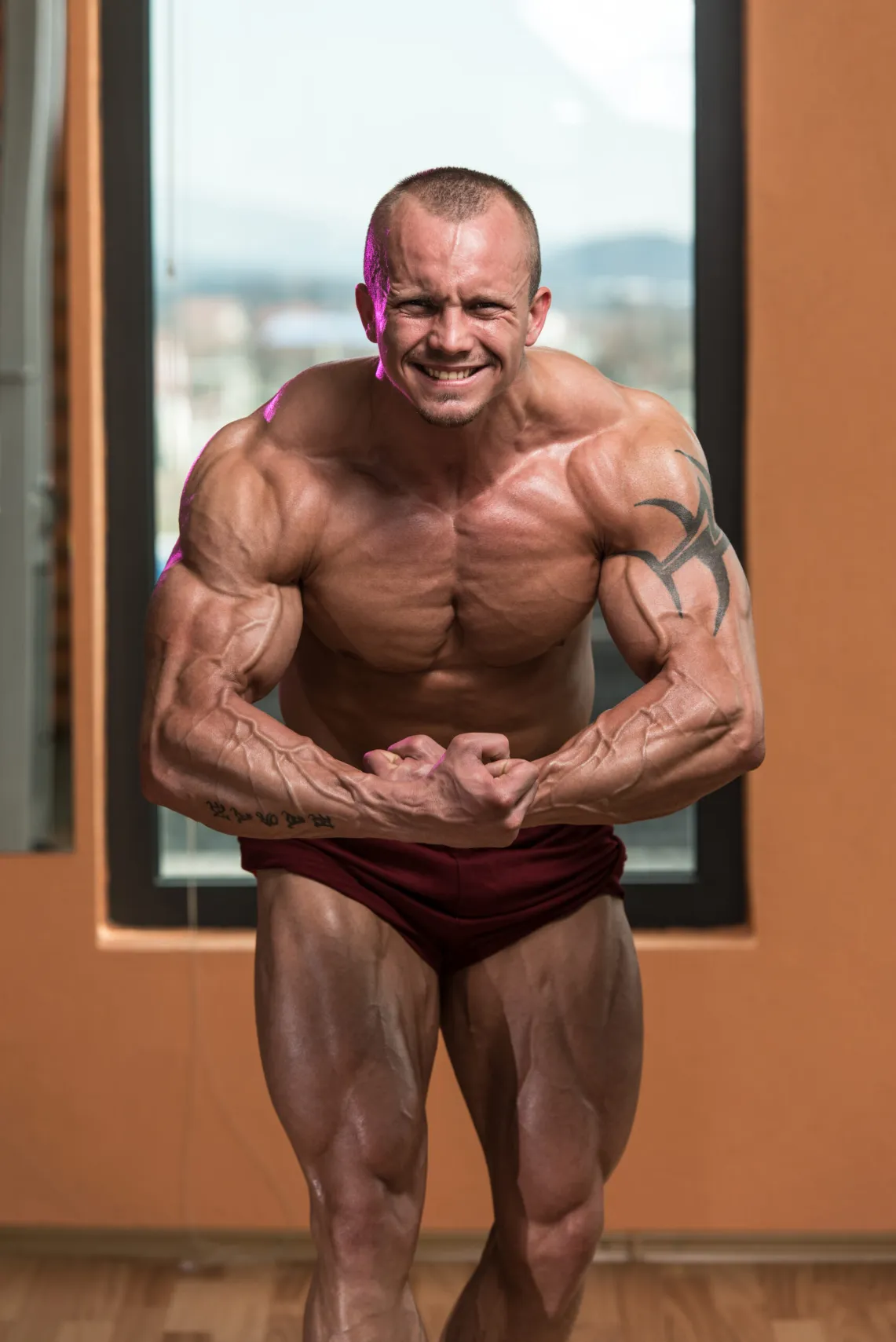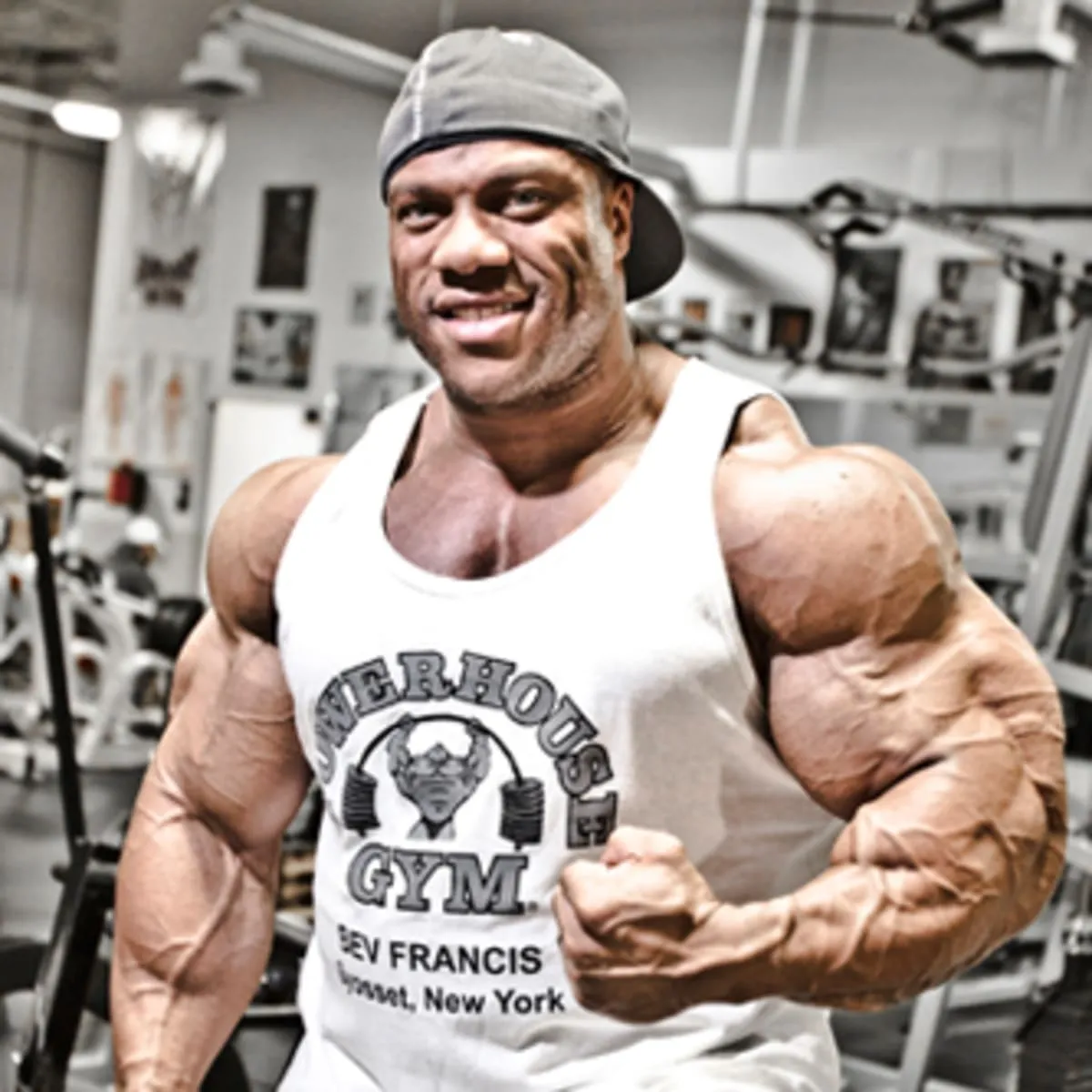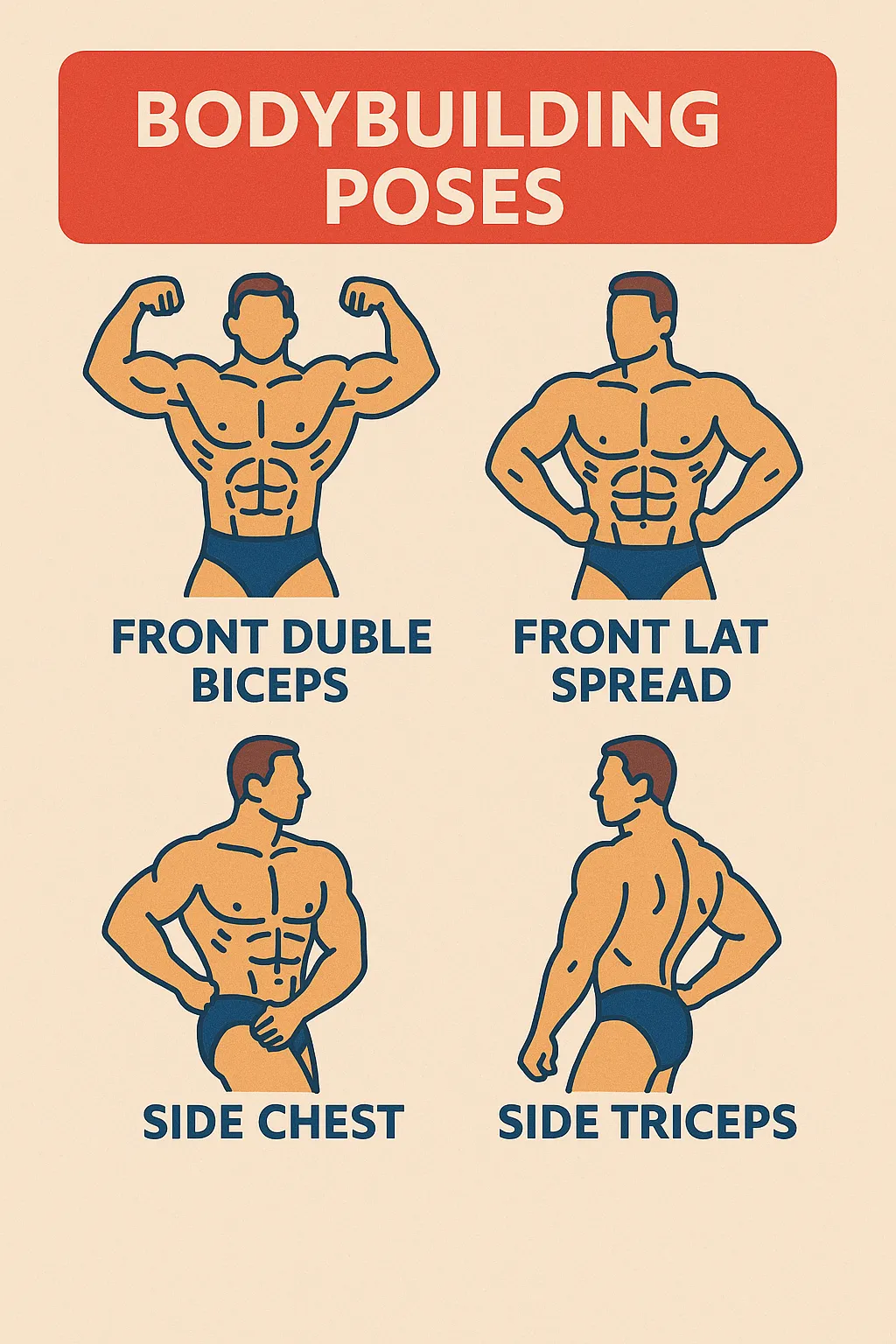When you step inside the gym, it’s only natural that you’re excited and a little nervous. Those weights do look heavy, don’t they? You know your body is going to be worked pretty hard.

Something that does come to mind is whether that ache you experience with lifting is an indication of something positive. Is it an indication that you are actually building muscle? Let’s examine this and see what relationship there is between pain and muscle gain.
Understanding Muscle Pain
That ache you feel while or after working out is normally known as delayed onset muscle soreness (DOMS). It normally begins taking effect 24 to 48 hours after you have done something new or pushed yourself really hard. This is due to the fact that your muscles undergo tiny tears while exercising, which is all part of muscle growth.
What Causes Muscle Pain?
When you’re lifting weights, your muscles are under stress, leading to a few things:
• Micro-tears: These tiny injuries in your muscle fibers are what your body repairs, helping your muscles grow stronger.
• Inflammation: Your body sends more blood and nutrients to the injured spots, which can cause swelling and discomfort.
• Lactic Acid Build-up: During tough workouts, lactic acid builds up, creating that burning sensation in your muscles.
But hey, yes, there should be soreness, but stabbing or searing pain might be an indication of an injury. Always listen to what your body is telling you!
Pain vs. Injury
It is extremely crucial to learn when soreness isn’t an injury. Here’s a quick overview:
• Soreness: This is stiffness and ache, but usually it vanishes within a few days. It’s a good sign your muscles are adapting.
• Injury: This means pain, swelling, or not using the muscle in the right way. If that happens, it’s best to quit and get advice from a medical expert.
Why Pain Can Be a Good Sign
Tensing up can actually mean you’ve worked hard. Here’s why it’s a good thing:
• Indicates Hard Work: That soreness typically means that you’ve worked your muscles hard, which is what they need in order to build. When you challenge your muscles, they get stronger and larger.
• Promotes Hypertrophy: Muscle growth happens when your body repairs those micro-tears and rebuilds them to make them stronger and larger.
• Builds Endurance: Repeated exposure to that discomfort all builds your endurance and overall health. Your body becomes used to dealing with more stress over time.
The Science of Muscle Building
When you weight train, your body makes a few changes. Here’s how:
• Stress on Muscles: Weights cause tension which creates those micro-tears.
• Repair Process: Your body comes in to repair those worn-down fibers. This is where protein synthesis kicks in—the body rebuilds muscle using protein.
• Adaptation: As you work out on a regular basis, your muscles adapt to the stress so you can lift heavier weights or do more reps as you progress.
Key Factors Influencing Muscle Growth
While pain may signal that you’re building muscle, other factors come into play as well:
• Nutrition: You need adequate protein to rebuild your muscles. A balanced diet of lean proteins, healthy fats, and complex carbohydrates is optimal.
• Rest and Recovery: Your muscles also need a break to recover. That means adequate rest and time between the same muscle group exercises.
• Consistency: Regular challenges to your muscles by gradually increasing the weights are vital for ongoing growth.
How to Manage Muscle Pain
A little pain is in your contract, but keeping it at bay is what’s important to your health and performance. Check out the following tips:
Warm-up Well
Start your workouts with a proper warm-up. It can be gentle cardio and dynamic stretching to prepare your muscles. Warming up increases blood circulation and reduces the risk of getting injured.
Cool Down and Stretch
After exercising, spend a few minutes cooling down and stretching. This can help repair your muscles and reduce some of that soreness. Stretch each one out for at least 20-30 seconds.
Stay Hydrated
Make sure you’re drinking enough water to recover muscle. Being well-hydrated prevents cramping and keeps you playing at your best.
Listen to Your Body
If you’re feeling way too much pain, don’t hesitate to take a break. It’s totally okay to skip a workout or lower the intensity. Pushing through severe pain can lead to injuries.
Incorporate Active Recovery
On your rest days, think about doing light activities like walking, yoga, or swimming. Active recovery can really help ease soreness and get blood flowing to your muscles.
The Role of Mindset
How you think about pain as you exercise is a huge difference. Some tips on how to keep yourself positive are below:
• Think of the Positives: Remember that pain is just a step in the process of getting better.
• Be Realistic: Understand that development does not happen overnight. Reward your small wins, like lifting more and doing more repetitions.
• Stay Motivated: Get a fitness buddy or get friends to support you. Knowing someone is going through the same thing as you can get you pumped and keep you accountable.
Signs You’re Making Progress
While soreness can mean that you are pushing yourself, here are other signs that indicate you are building muscle:
• Increased Strength: If you are lifting heavier or doing more reps than you were previously, then that is an obvious sign your muscles are adapting.
• Changes in Body Composition: When you feel that clothes don’t fit the same or that there’s more definition, that means you’re gaining muscle.
• Increased Endurance: If you’re able to work out for longer periods and don’t get as tired during sessions, that means your muscle strength and efficiency have increased.
• Faster Recovery: If you find that you recover faster from workouts, that means that your muscles are getting stronger and adjusting.
It’s quite possible that you feel pain when lifting and it could very well be your body informing you that it’s building muscle. But you must distinguish between normal soreness and damage.
Some aches are just included in it, but tuning into your body and pain management are important so that you can achieve long-term success.
Remember to focus on eating right, getting plenty of rest, and being consistent with your workouts. Muscle growth is a journey that takes time and patience, but with the right mindset, you’ll be on your way to reaching your fitness goals. Embrace the journey, stay committed, and enjoy becoming a stronger, healthier version of you!







